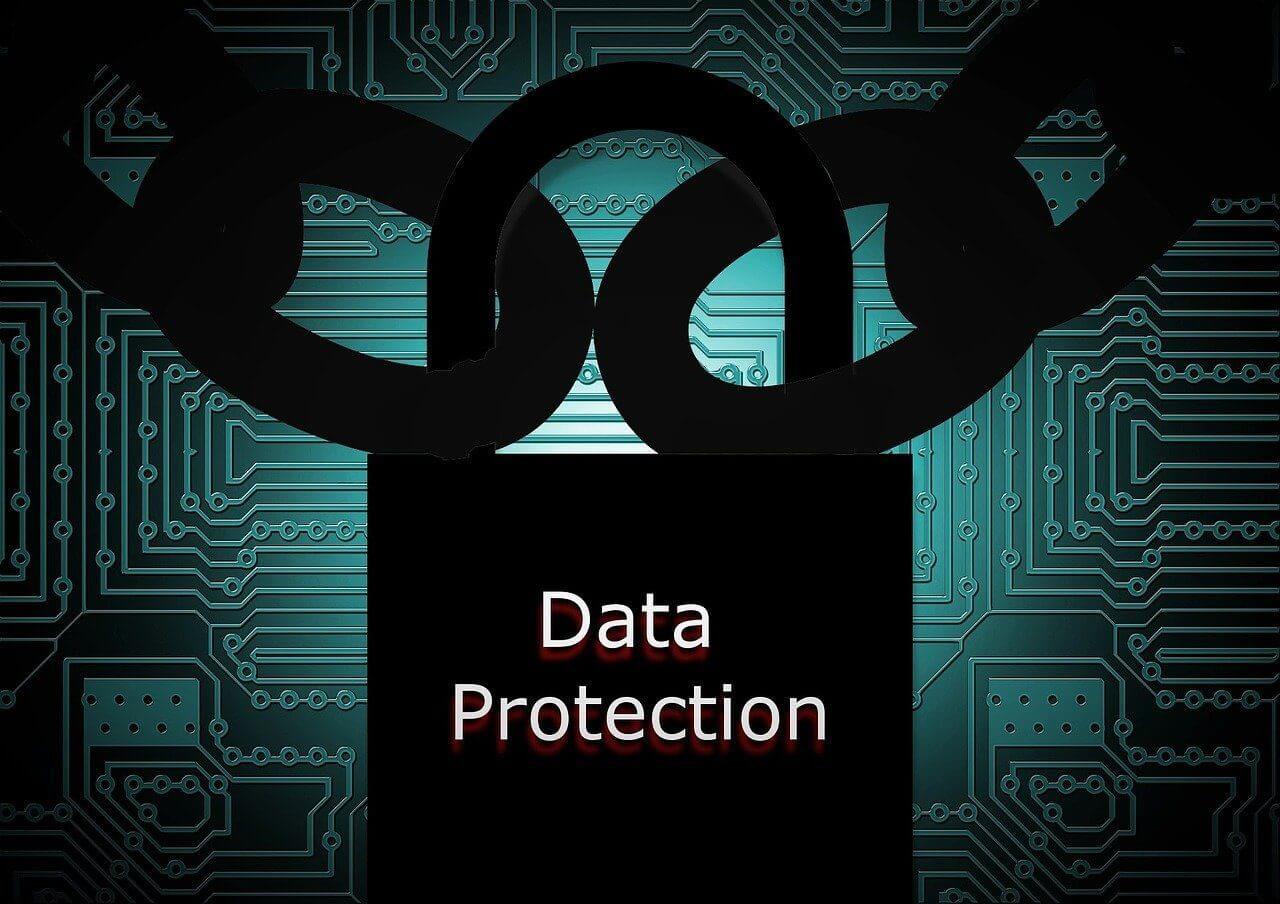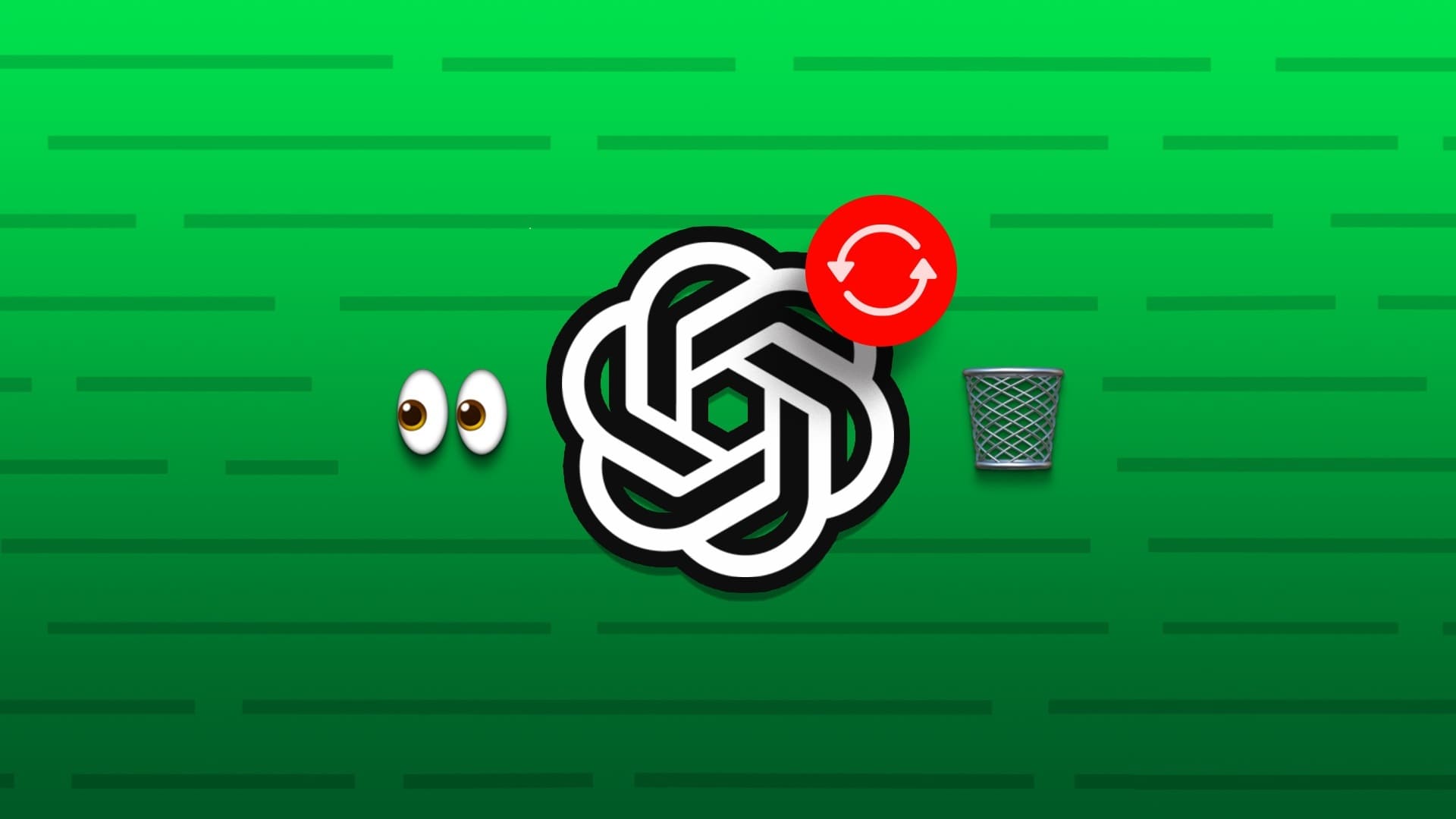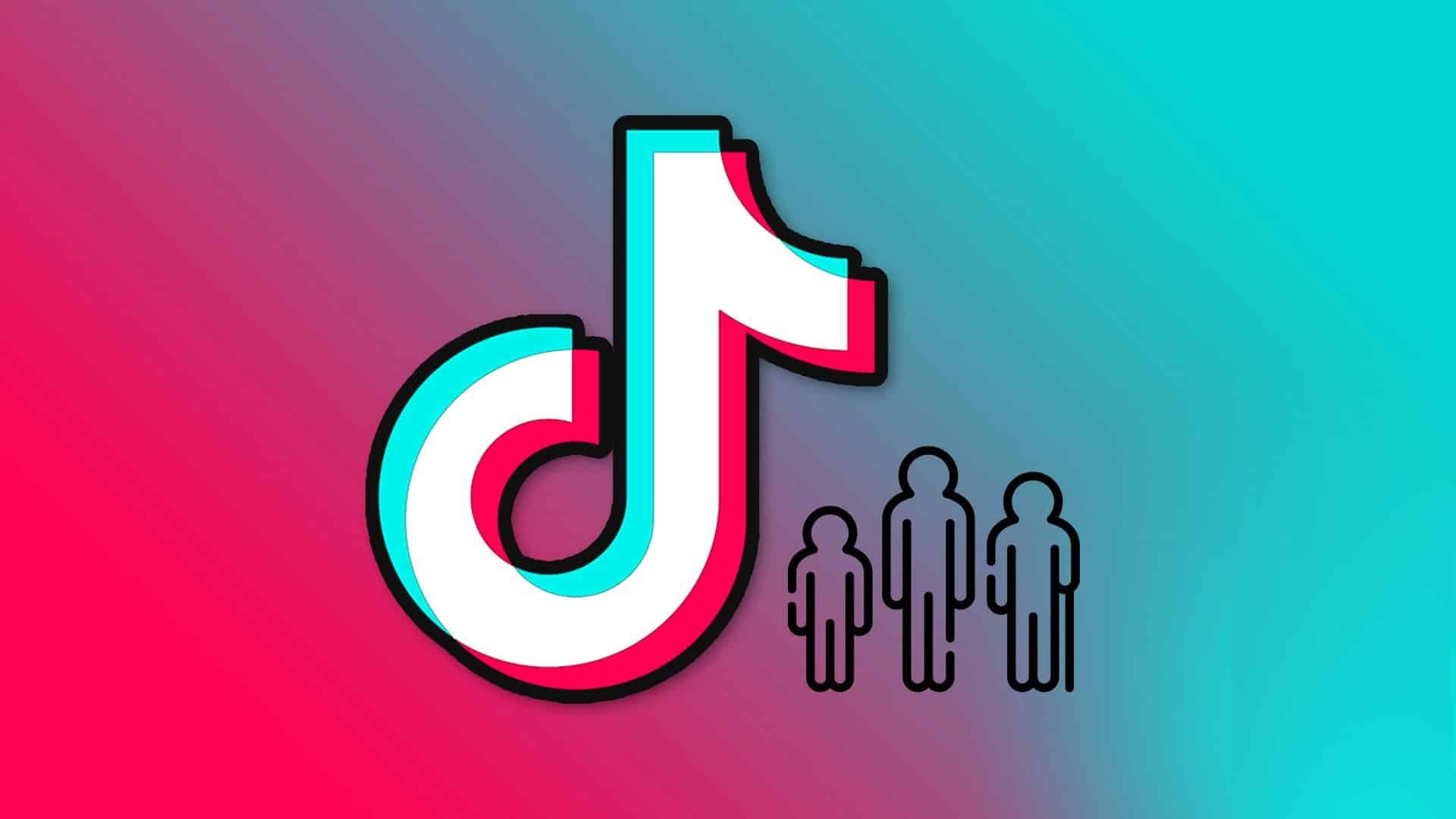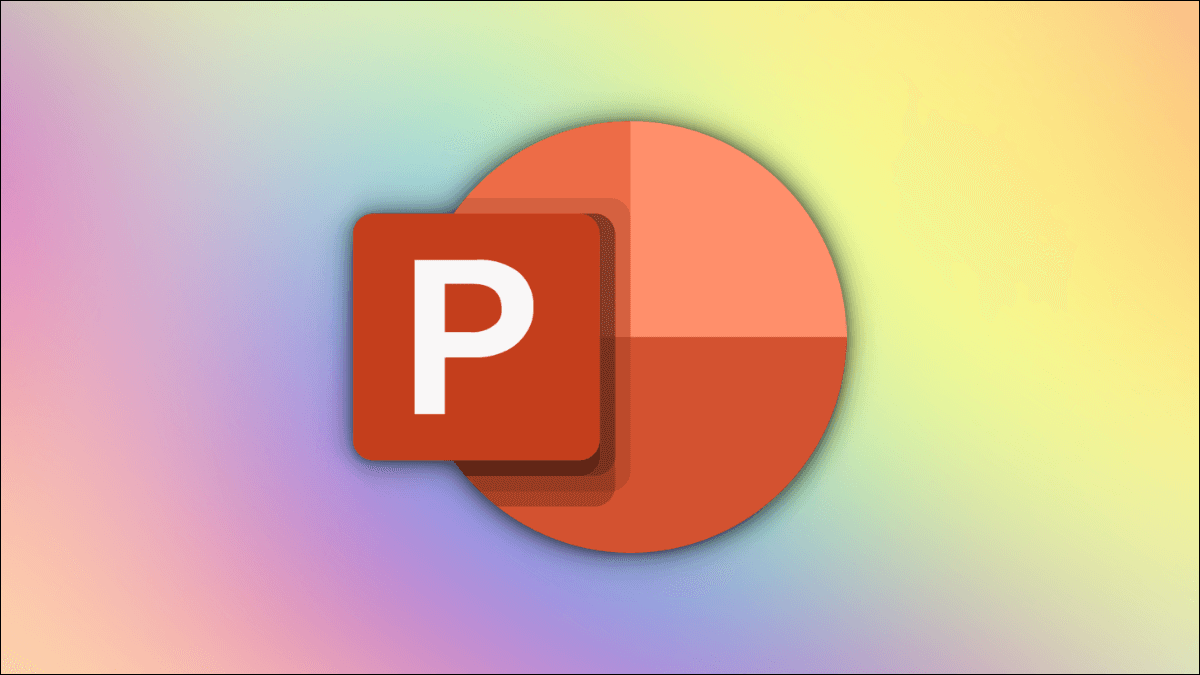Many Windows laptop manufacturers include McAfee antivirus software with their offerings. Because McAfee is so popular with consumers and businesses, some scammers take advantage of it and plaster your desktop with irrelevant McAfee pop-ups warning you that your subscription has expired or that your system is at risk. That's why you'll find McAfee pop-ups and tricks to get rid of them once and for all.
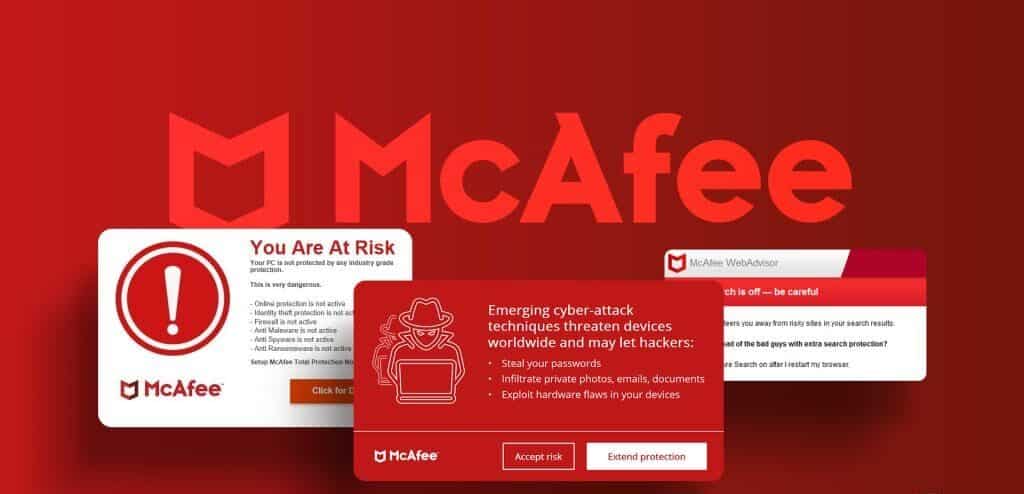
If you have McAfee antivirus software or other products installed on your Windows or Mac operating system, these recurring pop-ups may be genuine. However, in other cases, they are a scam designed to lure you into sharing your personal and financial information.
How the McAfee Pop-Up Scam Works
McAfee is a popular third-party antivirus application for Windows users. When you browse suspicious websites, you may encounter several McAfee pop-ups asking you to renew your subscription. Sometimes, they alert you with messages such as: “Your computer is at risk”The alert offers options such as: "accepting risks" Or "Get protection."
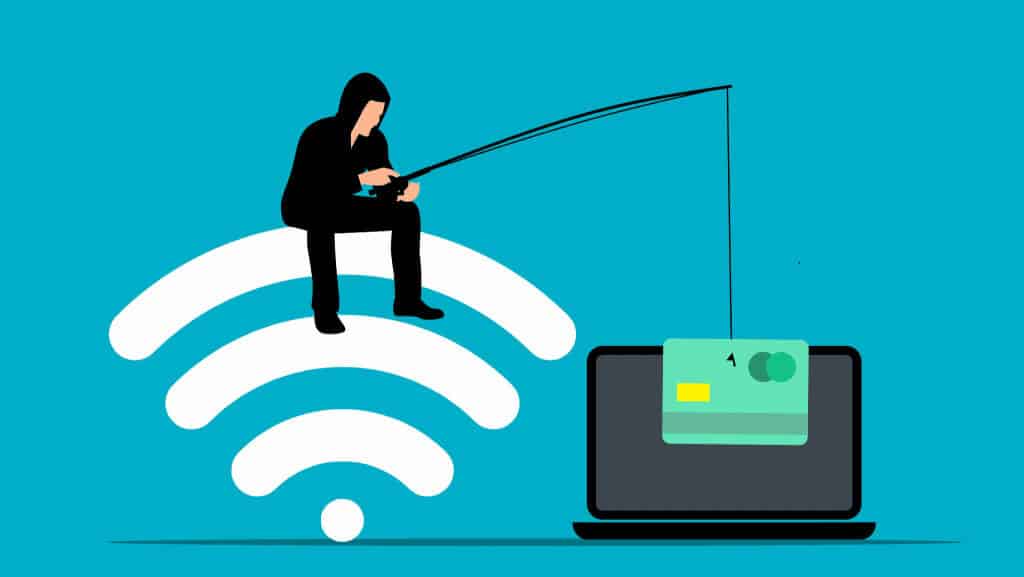
Most users click on “Get protection” They are redirected to a suspicious website where they share their card details and other information such as email, name, date of birth, and more. These pop-ups are designed to look authentic and closely replicate the official McAfee logo. Ordinary users fall into these traps and share personal details to protect their PCs or Macs.
When you click on such a logo, the scammer takes you to a payment page that looks like the official McAfee page. They even try other methods to exploit you further.
- The scammer may ask you to share your phone or email details and complete the fake payment via phone call.
- These fake pop-ups may download and install fake files on your computer and attempt to control it remotely.
- They may offer several months of free McAfee subscription and ask you to share your credit card details to automatically renew it after the trial period ends.
- The perpetrator may ask you to share your Social Security number and use it to harass you.
How to Spot a MCAFEE Scam
If you don't use McAfee products on Windows or Mac, such pop-ups are considered scams. You can ignore them. Even if you use McAfee products, installed applications will never display such pop-ups while browsing the web. You may only receive such alerts in the lower-right corner.
How to Stop MCAFEE Pop-ups on Windows and Mac
Now that you know how the McAfee scam works and how to detect it remotely, use the steps below to stop such behavior on your desktop.
1. Enable the pop-up blocker in your browser.
Most desktop browsers provide an option. To block pop-ups on malicious websitesIf a particular website frequently displays banners, follow the steps below to prevent this behavior. We'll take Google Chrome as an example because it's the most popular desktop browser.
Step 1: When you visit any website in Chrome and you receive a pop-up window, McAfee Pop-up, click the icon small lock In the address bar and open Site settings.
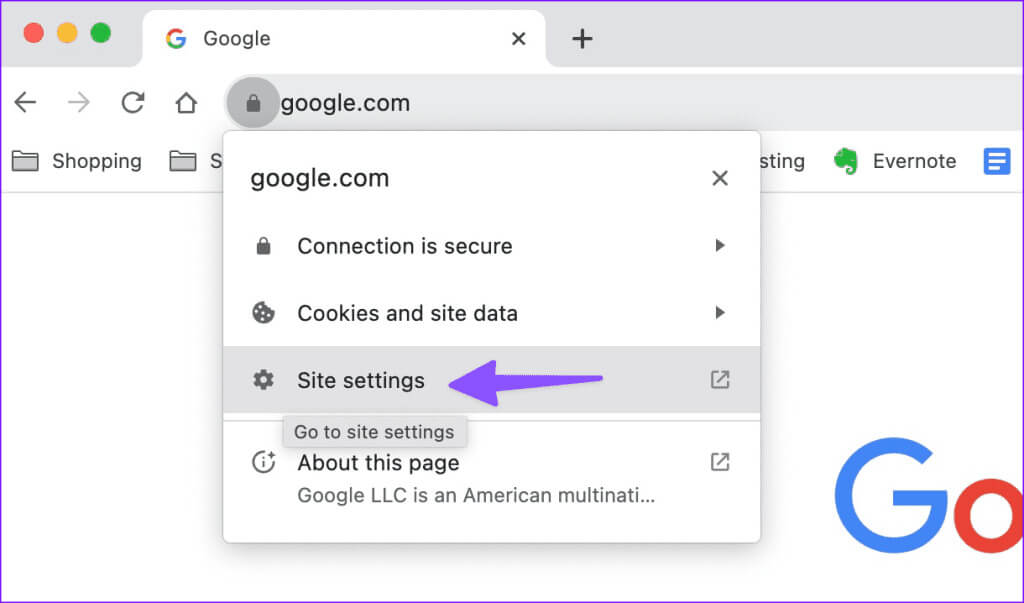
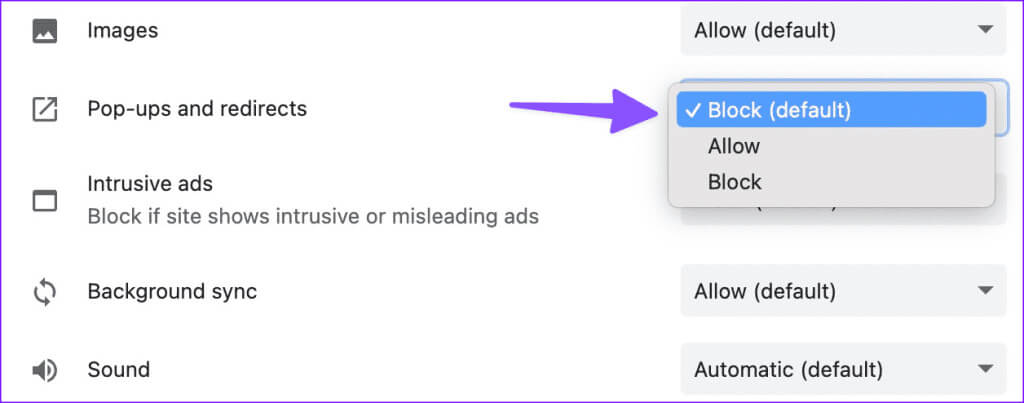
2. Stick to official websites to download apps.
Some apps and services are not available from the Microsoft Store and Mac App Store. Users download these programs from the web. If you want to download such programs, stick to official websites only.
When you try to download popular software solutions from unofficial websites, fake McAfee banners may appear to spoil your experience. You may end up downloading corrupted software to your desktop.
3. Check your device
If your Windows computer is infected with corrupted files, you may see McAfee logos everywhere on your screen. You need to Scan your device with Windows Security.
Step 1: Press the Windows key, and search for Windows Security, then press Enter.
Step 2: Locate Virus and threat protection and open Scan Options.

Run a full scan of your computer and try again.
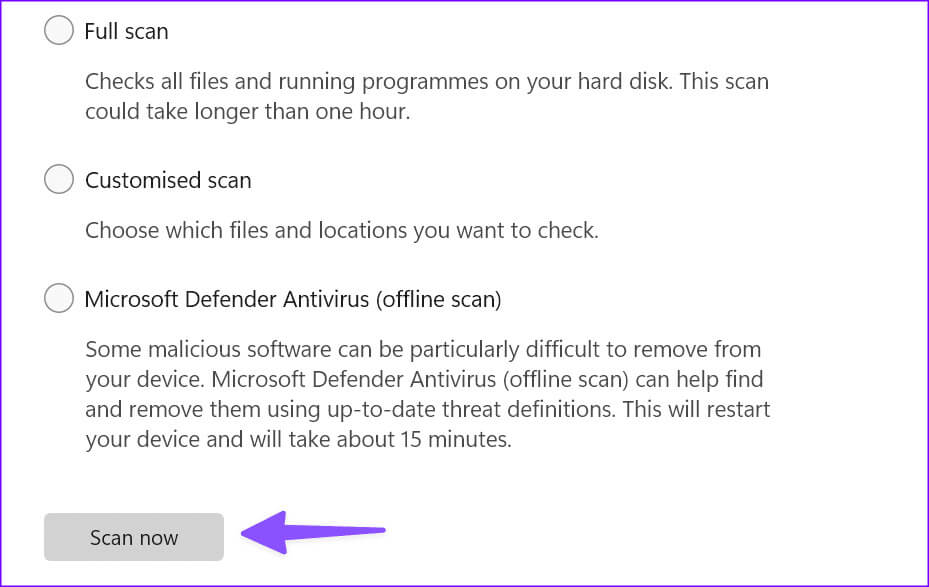
4. Uninstall McAfee
If you no longer use McAfee on your desktop, uninstall it to remove any unnecessary alerts. Check out our dedicated post. To uninstall McAfee on Windows.
Understanding the MCAFEE Scam
In most cases, you should be perfectly fine with the default Windows Security app on Windows. You don't need a third-party solution to protect your PC. If you plan to subscribe to one of McAfee's plans, use the official website to share information and complete the purchase process.





